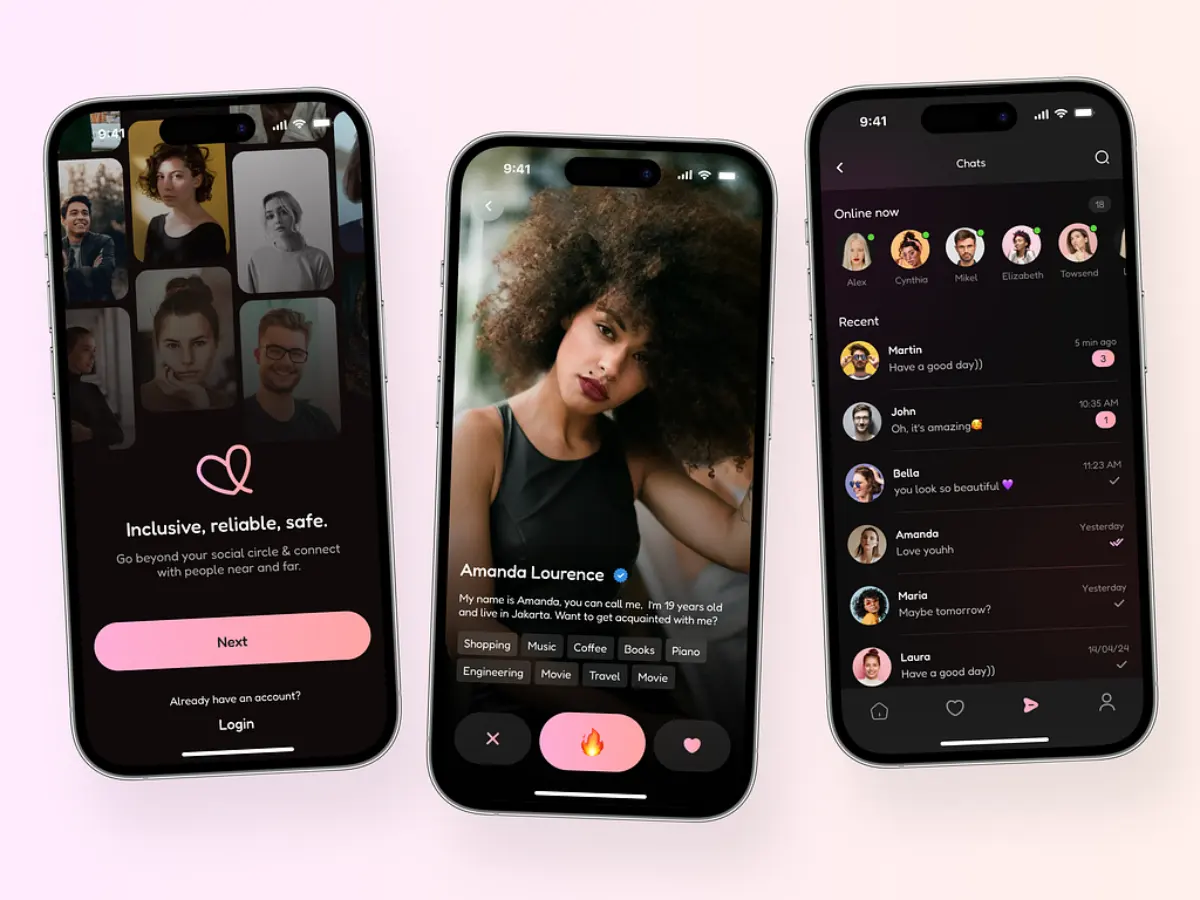Top 10 best Cross Platform app development frameworks


Cross platform app development frameworks help you build mobile apps that work on different platforms. These frameworks have gained popularity because of their numerous benefits.
However, the market is flooded with various cross-platform app development frameworks and tools, which can be overwhelming for developers trying to choose the right tools for their cross-platform app development.
To simplify things, we have curated a list of the top 10 cross-platform app development frameworks that you can use to create robust and responsive apps that work across platforms.
In today’s business landscape, mobile apps have become crucial. It’s important to understand the nuances of app development. Cross-platform mobile development involves creating software applications running on various mobile operating systems.
With cross-platform apps, developers can share some or all of the source code. This means they can build and deploy mobile assets that work seamlessly on Android and iOS without creating separate versions for each platform.

Flutter
In 2017, Google introduced Flutter, a software development kit that streamlines the process of creating Android and iOS apps. Flutter enables the development of apps that seamlessly run on multiple operating systems. Here are some standout features of Flutter:
React Native is a JavaScript-based framework that gives mobile applications a “native feel” on iOS and Android platforms. Businesses and developers highly trust it.
With React Native, developers can enjoy the advantages of JavaScript and React.js. They can also write modules using Objective-C, Swift, and Java languages.

React Native
In React Native cross-platform apps, developers can utilize native modules and libraries to handle tasks like image editing and video processing. Here are some key features of React Native:
This framework is built on Angular JS and allows developers to use popular programming languages like HTML5, CSS, JavaScript, and Cordova Wrapper.

Ionic
Ionic is known for its ability to create user-friendly and visually appealing interfaces, making it a top choice for developing Progressive Web Apps (PWA). Here are some key features of Ionic:
Another impressive and free framework based on JavaScript is NativeScrip. It is considered an ideal choice for achieving “write once, run anywhere” functionality, commonly called WORA.

NativeScript
One of the standout features of NativeScript is its ability to access all native APIs, allowing developers to reuse existing plugins from NPM in their projects directly. Here are some key attributes of NativeScript:
Node.js is a JavaScript runtime framework built on the Chrome V8 engine. It’s an open-source environment that supports the development of scalable server-side and networking solutions. Its ability to handle multiple concurrent connections while efficiently building responsive applications is what sets it apart.

NodeJs
Node.js comes with a library of JavaScript modules that simplifies the development process. Here are some notable features of Node.js:
In summary, Node.js provides developers with a powerful and efficient framework for building scalable and responsive applications, with features like asynchronous APIs, speedy execution, chunked data output, and a single-threaded model with event looping.

Xamarin
Xamarin is a streamlined framework that simplifies the development of Windows, iOS, and Android apps using C# and .Net. It excels at creating applications that look and feel native, offering the following features:
PhoneGap or Cordova is a development framework that uses CSS, JavaScript, and HTML 5 to create mobile applications. It also offers a cloud solution where developers can share their apps and receive feedback from others. PhoneGap uses built-in device features and leverages existing app technologies to deliver high-quality applications.

Phonegap
One distinctive feature of Cordova is its plugin-able architecture, which enables the seamless integration of native device APIs modularly.
Appcelerator Titanium simplifies app development by providing native JavaScript code components. Here are the key features of Appcelerator:

Appcelerator Titanium
Programmers can use Corona SDK to develop 2D mobile applications for popular platforms like Windows. This SDK relies on Lua, a lightweight and versatile programming language, which greatly speeds up the development process for mobile and game apps.
Developers can use Corona SDK to develop 2D mobile applications for popular platforms like Windows. This SDK relies on Lua, a lightweight and versatile programming language, which greatly speeds up the development process for mobile and game apps.

Corona DSK
Lua brings numerous benefits, including extensibility, portability, speed, scalability, and user-friendliness. It supports real-time testing on Mac OS X and Windows, making it highly efficient. Best of all, this free framework offers the following features:

Sencha
Even large business apps can be developed effectively using Sencha Touch. It offers impressive features such as:
Learn more:
|
Maximum App Reach |
Cross-platform development enables app release on multiple platforms, reaching a wider audience. |
| Reduced Development Costs | A single app saves development expenses significantly by running on multiple operating systems. |
| Swift Development Process | With up to 80% reduced efforts, cross-platform frameworks facilitate faster app creation and deadline compliance. |
| Code Reusability | Writing code once and reusing it eliminates the need for platform-specific development, saving time and resources. |
| Seamless Cloud Integration | Cross-platform apps seamlessly integrate with the cloud, enhancing scalability and functionality through various plugins. |
Cross-platform app development frameworks make creating mobile applications faster and easier. These frameworks allow developers to build a single app that can run on multiple operating systems.
However, with numerous frameworks available in the market, developers must be familiar with and understand the technology stack they want to use. Each framework has its advantages, and choosing the right stack can greatly enhance cross-platform app development.


Table of ContentsI. What is cross platform app development?II. Top 10 best cross platform app development frameworks 20241. Flutter2. React Native3. Ionic4. NativeScript5. Node.js6. Xamarin7. PhoneGap8. Appcelerator Titanium9. Corona SDK10. Sencha TouchIII. Benefits of Cross-Platform App Development FrameworksConclusion In the fast-evolving world of online dating, understanding the cost to build a dating app is vital for anyone looking to break into the market. From the initial concept to the final launch, the journey requires careful planning around feature selection, platform compatibility, and user security—each of which plays a critical role in shaping both the app’s functionality and its budget. The…
22 October, 2024

Table of ContentsI. What is cross platform app development?II. Top 10 best cross platform app development frameworks 20241. Flutter2. React Native3. Ionic4. NativeScript5. Node.js6. Xamarin7. PhoneGap8. Appcelerator Titanium9. Corona SDK10. Sencha TouchIII. Benefits of Cross-Platform App Development FrameworksConclusion You’ve started a business, and now you need a website. But no one on your team knows much about coding, and hiring a full-time web developer just isn’t in the cards right now. Sound familiar? If so, outsourcing your web design might be the perfect solution. Whether you’re a startup building your online presence or an established business looking for a website…
21 October, 2024

Table of ContentsI. What is cross platform app development?II. Top 10 best cross platform app development frameworks 20241. Flutter2. React Native3. Ionic4. NativeScript5. Node.js6. Xamarin7. PhoneGap8. Appcelerator Titanium9. Corona SDK10. Sencha TouchIII. Benefits of Cross-Platform App Development FrameworksConclusion With much of our communication happening online, it’s no surprise that the dating world has also shifted in the same direction. In 2021, 49 million people in the U.S. alone turned to online dating services—whether to find a serious partner or just enjoy a fun date. The trend became even more pronounced in 2020, as men and women increasingly embraced online dating…
18 October, 2024


Thank you for your interest in TECHVIFY Software.
Speed-up your projects with high skilled software engineers and developers.
By clicking the Submit button, I confirm that I have read and agree to our Privacy Policy